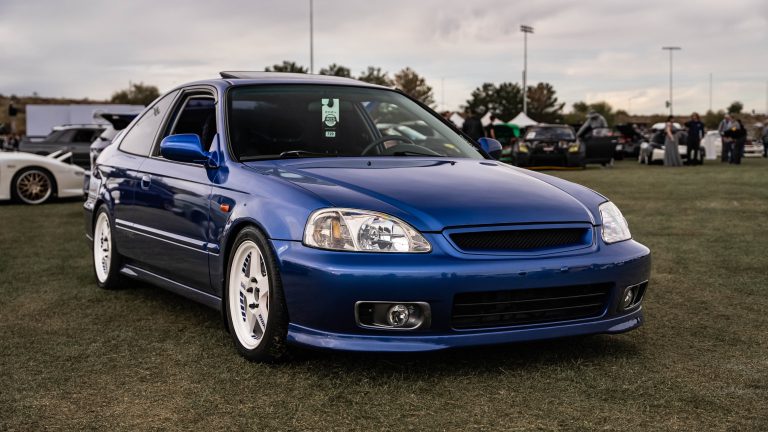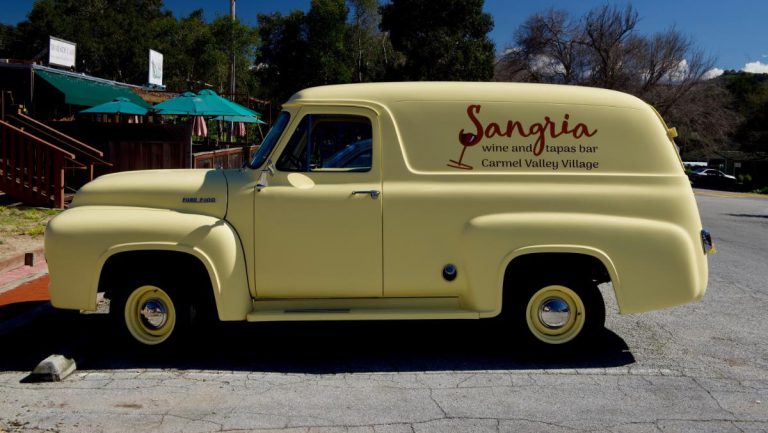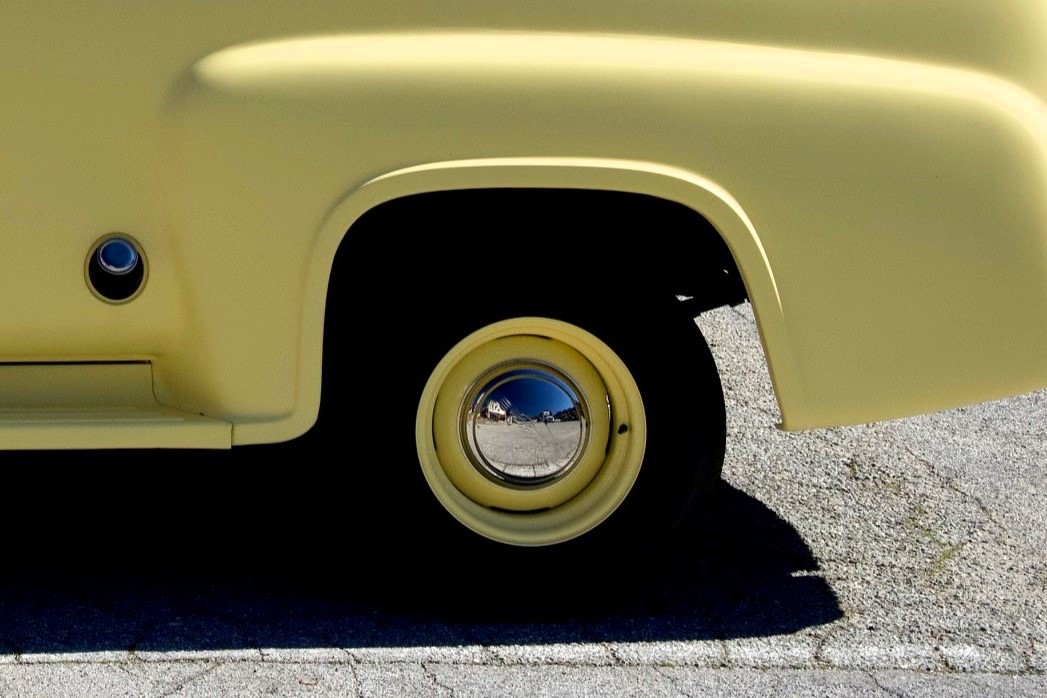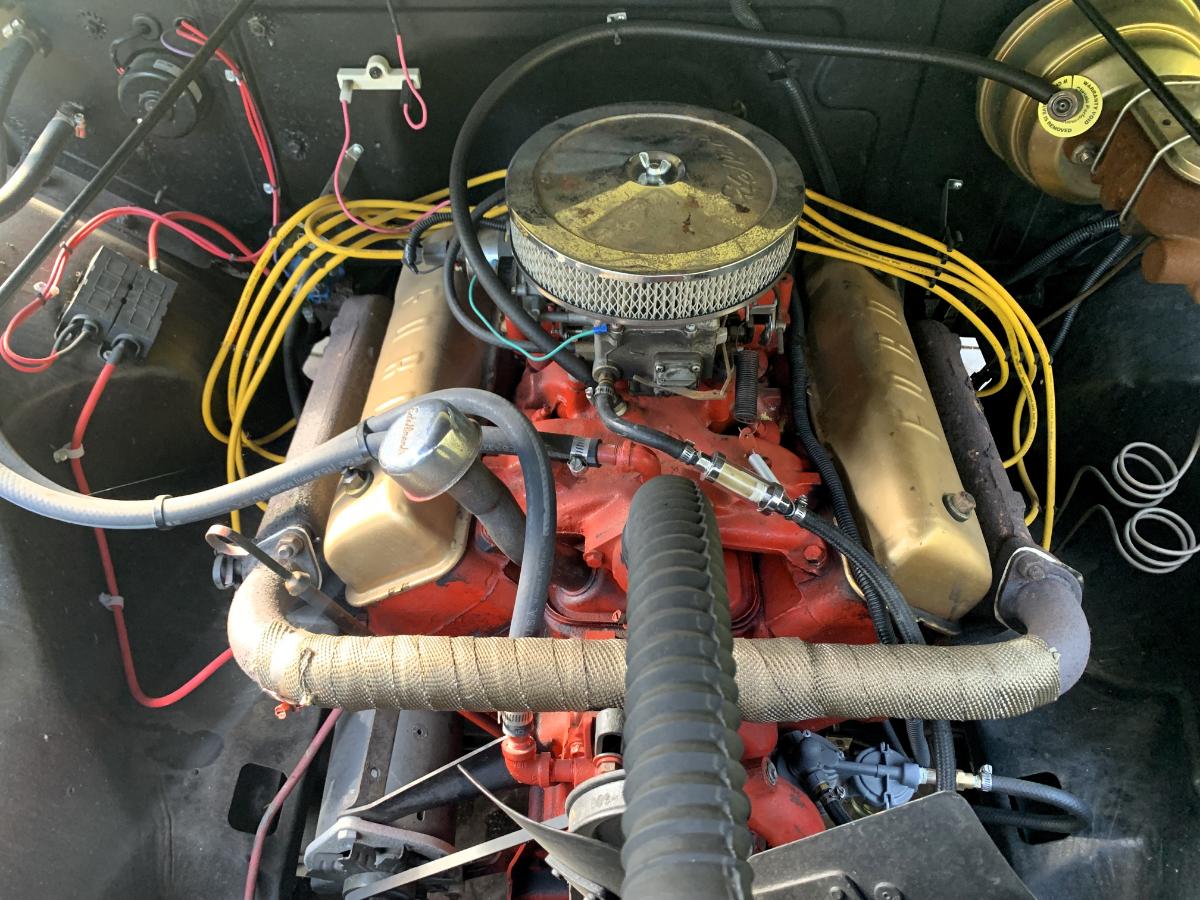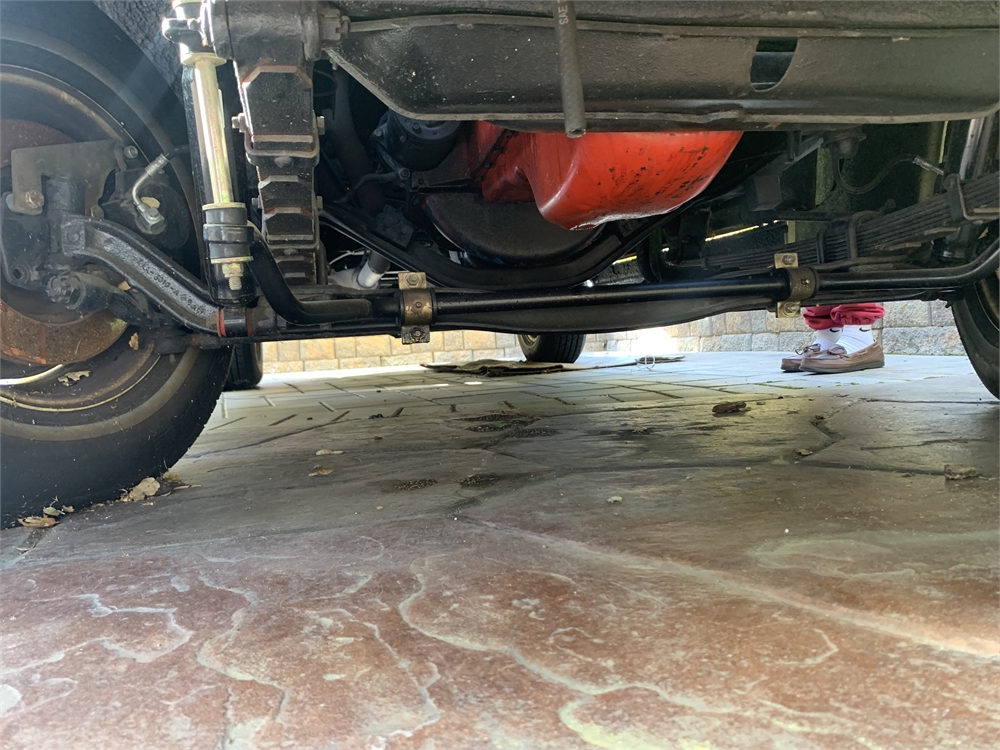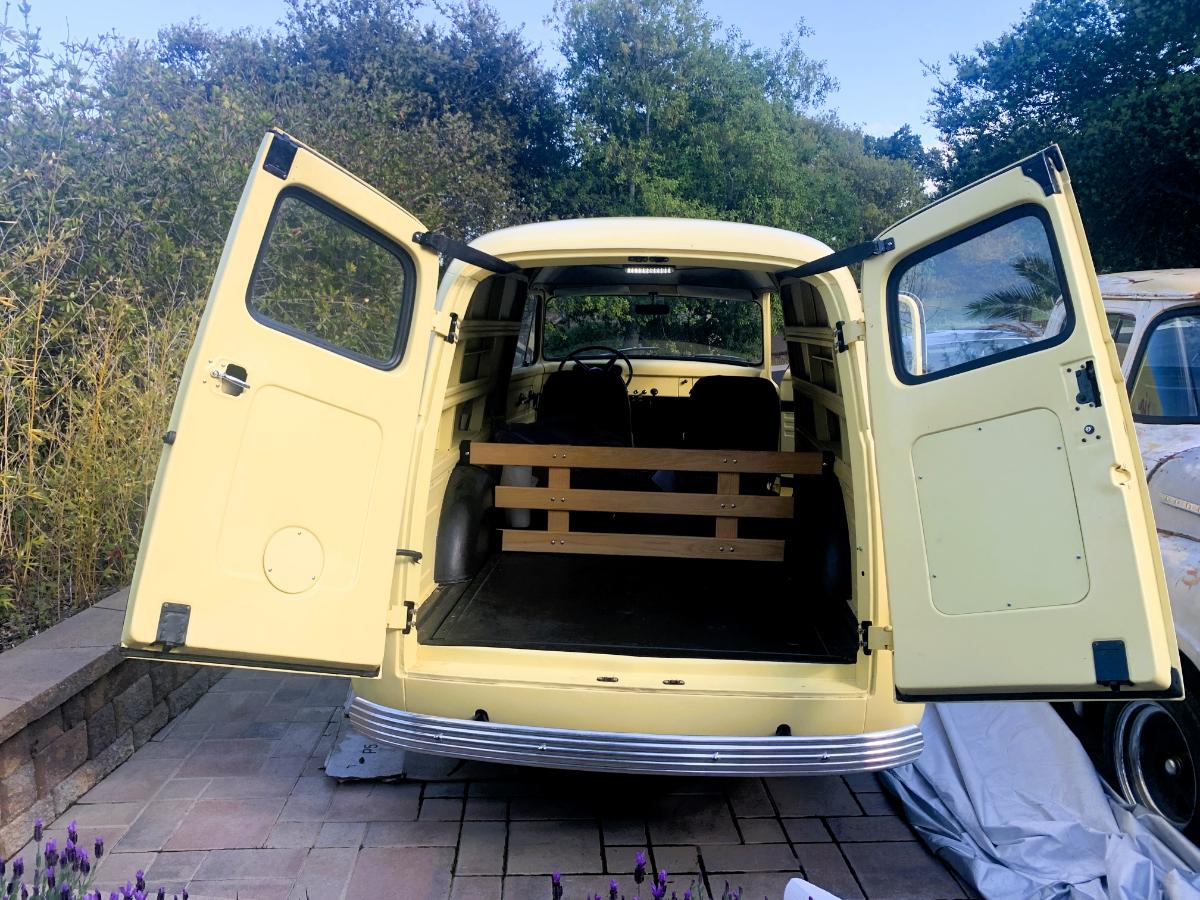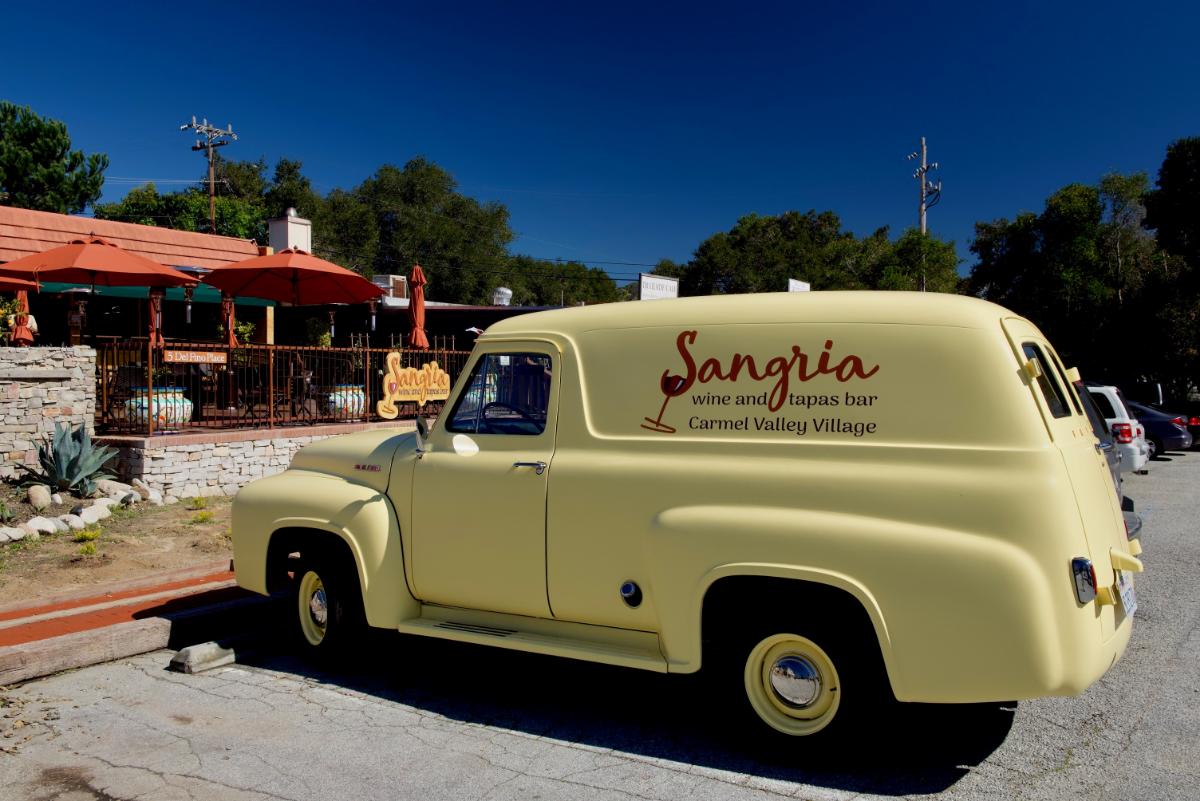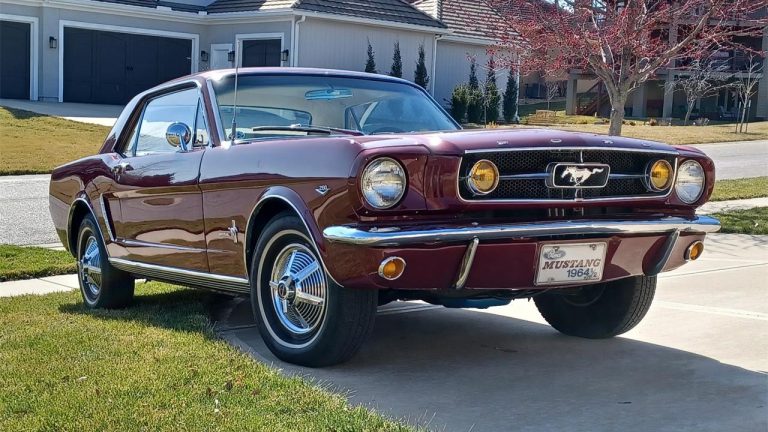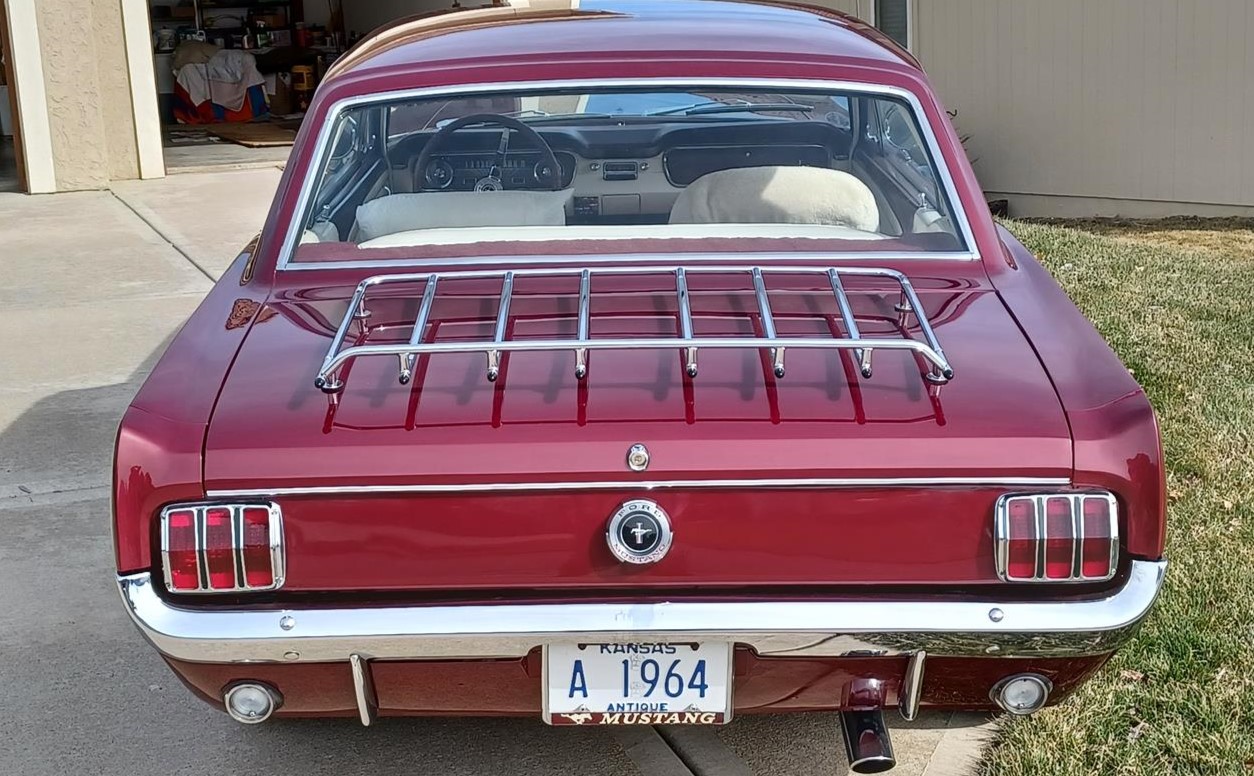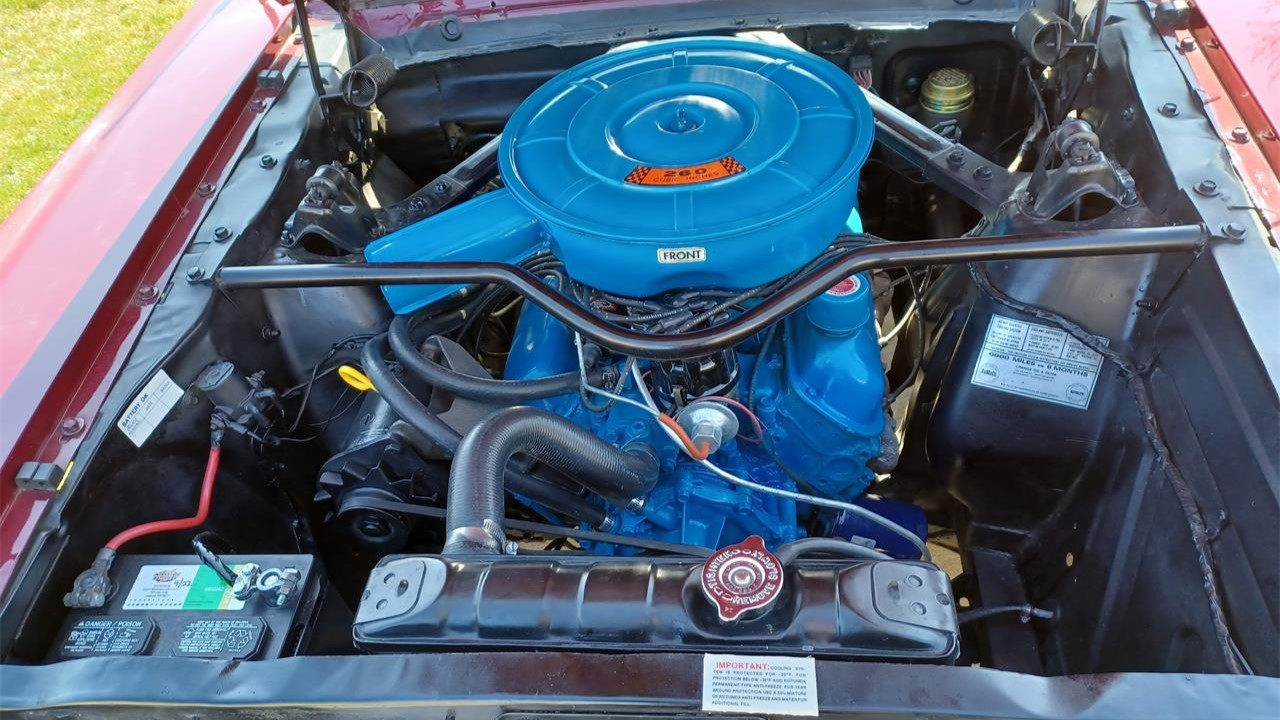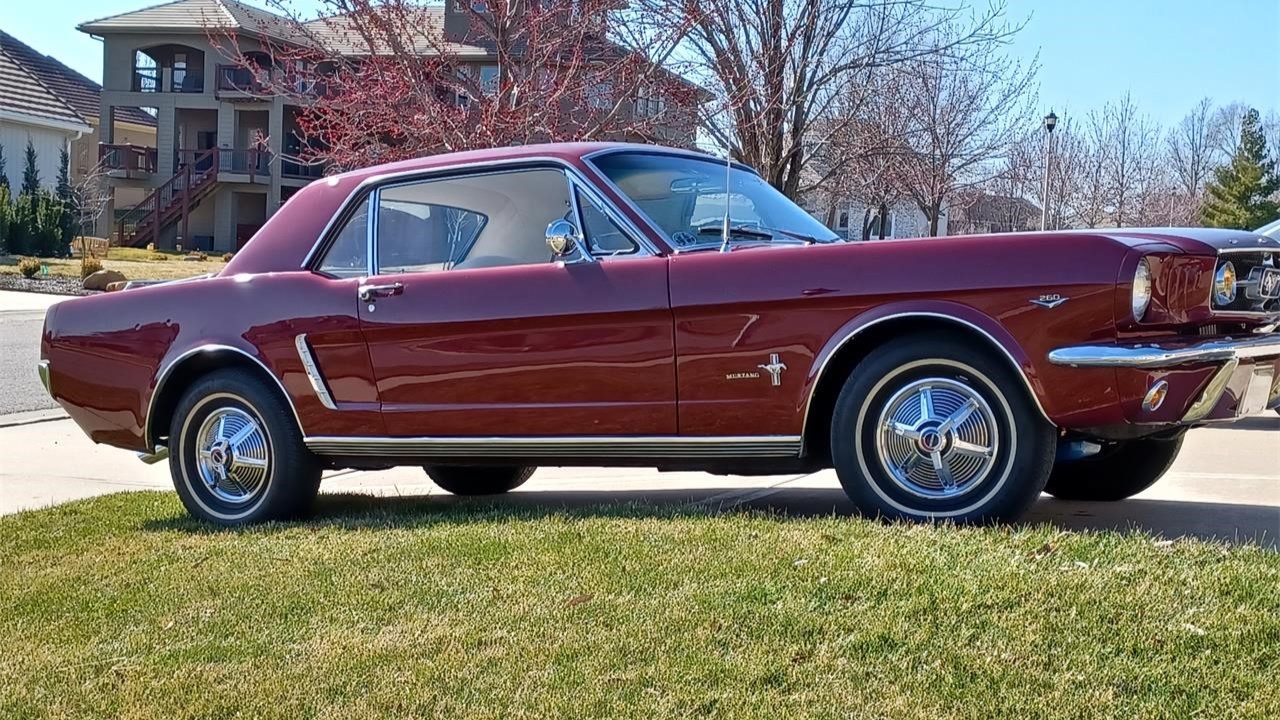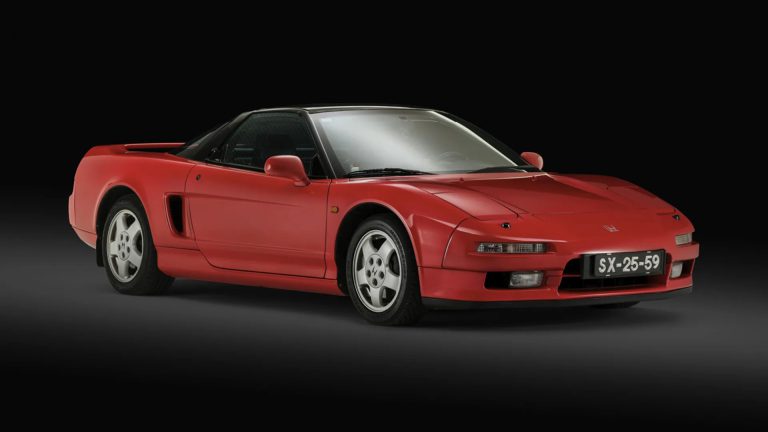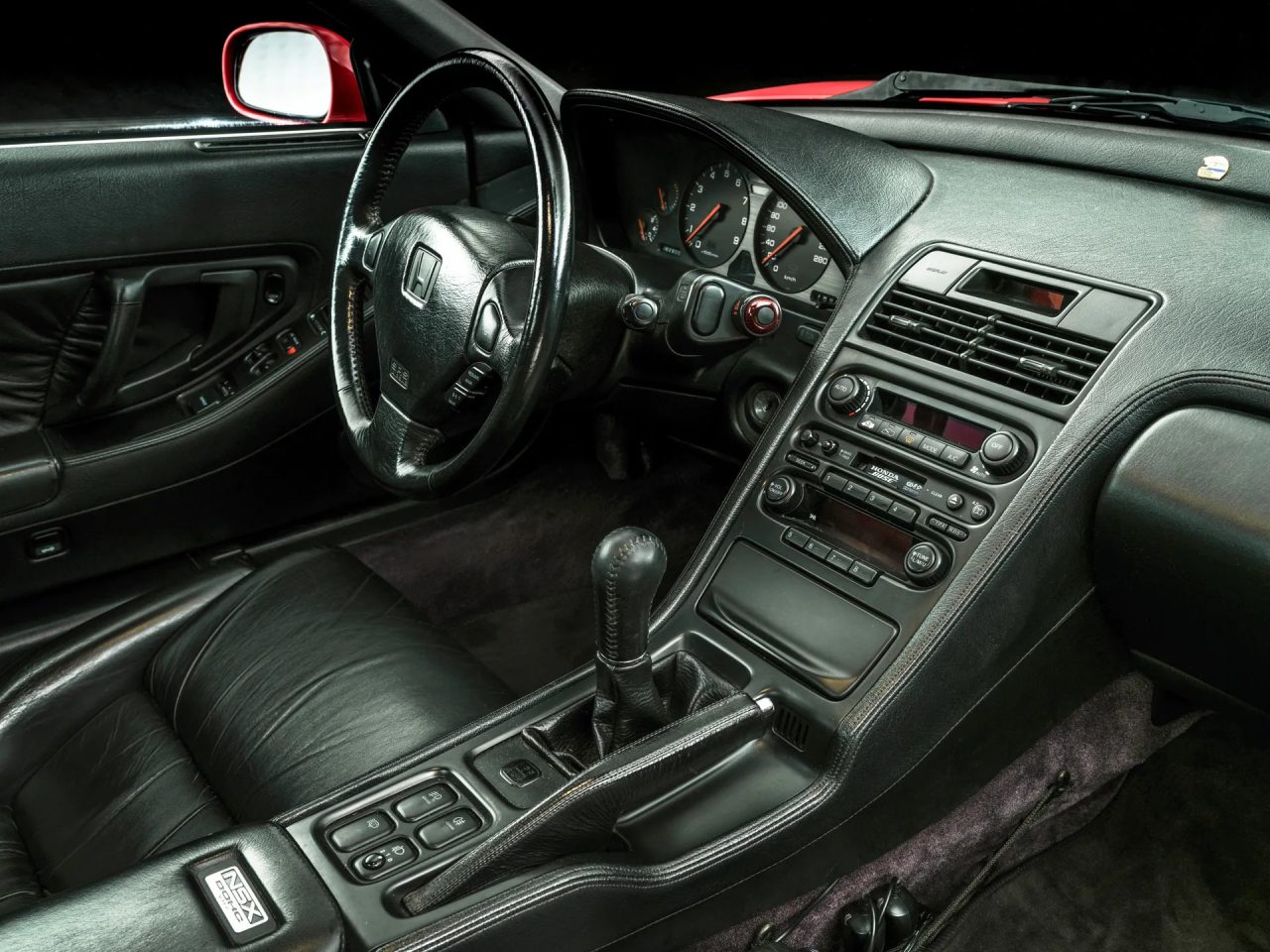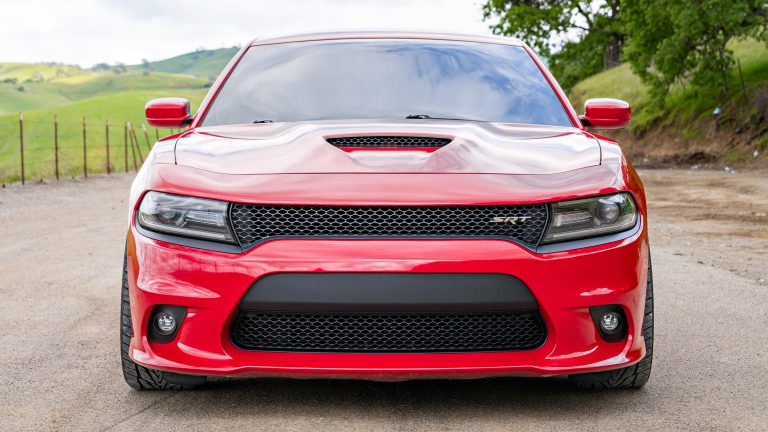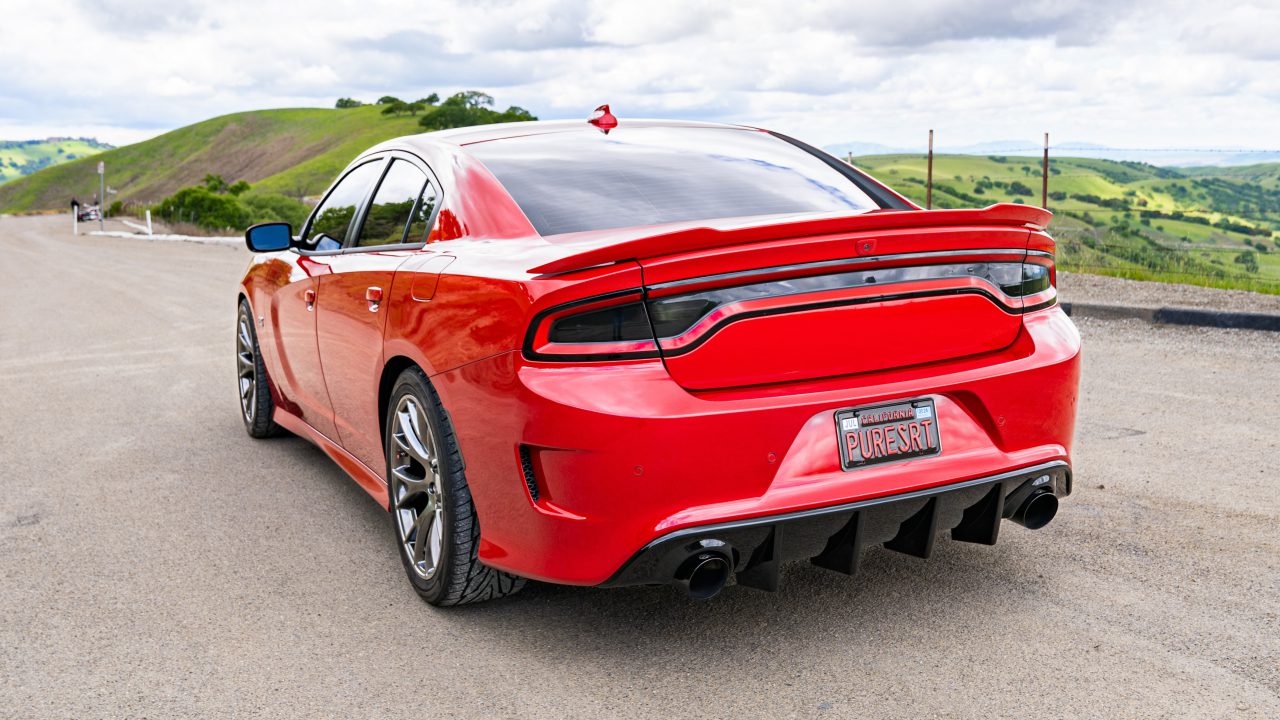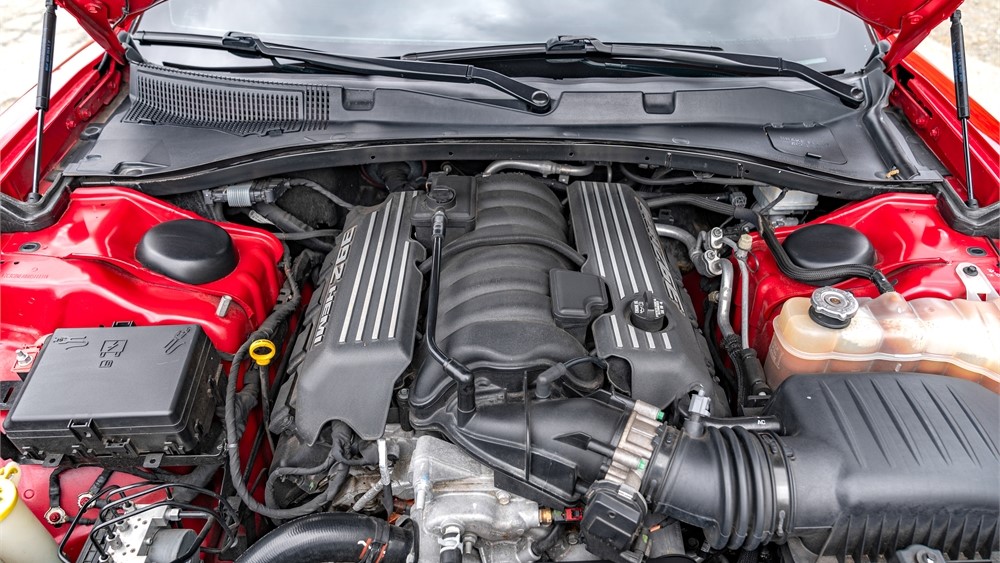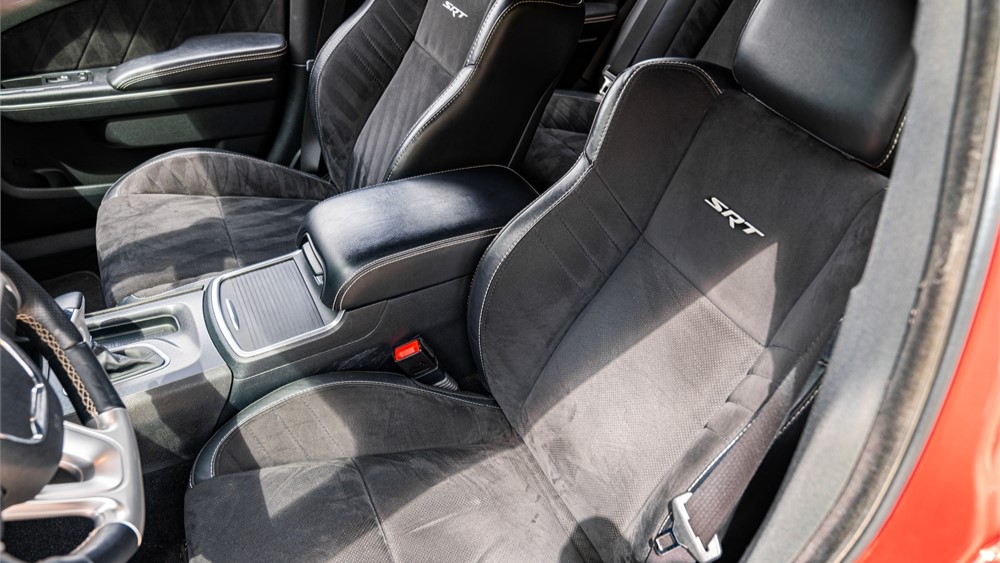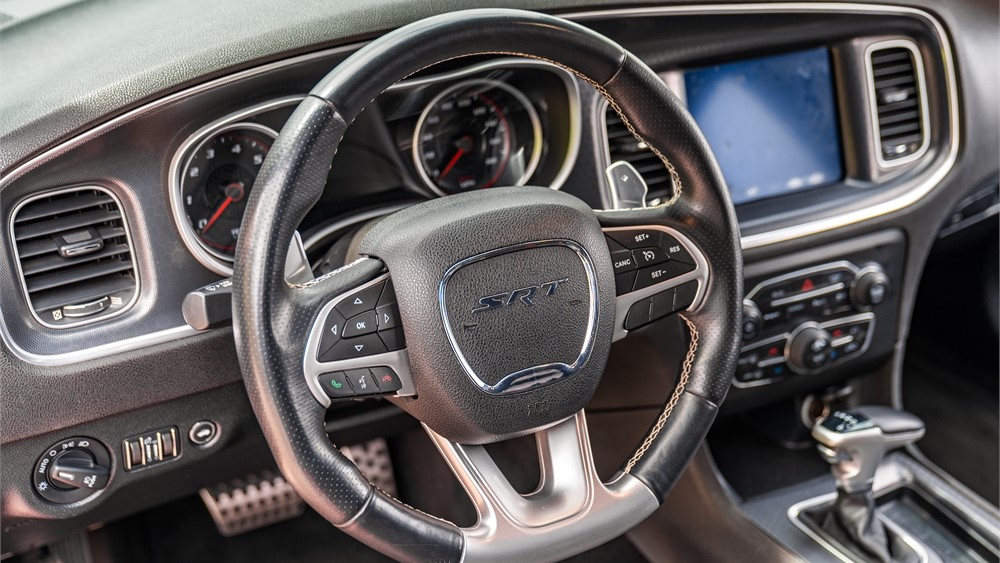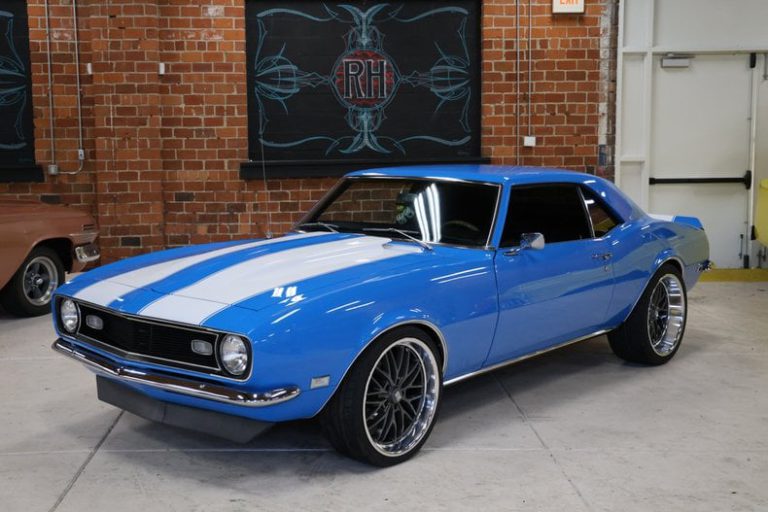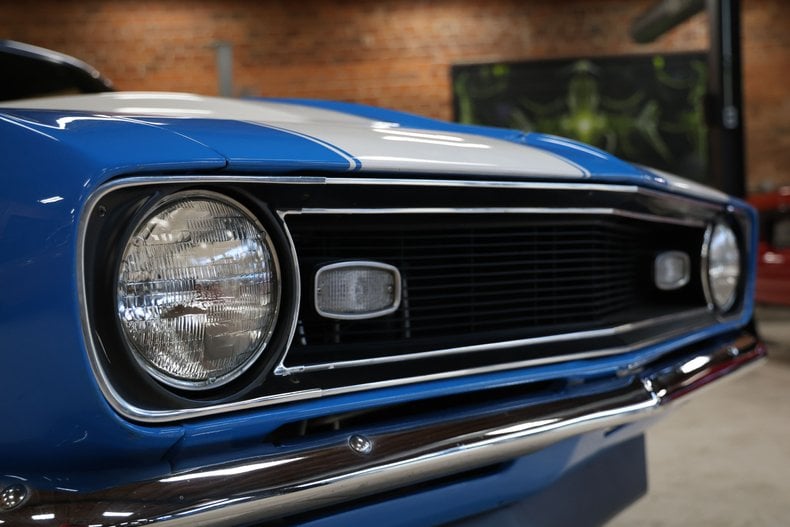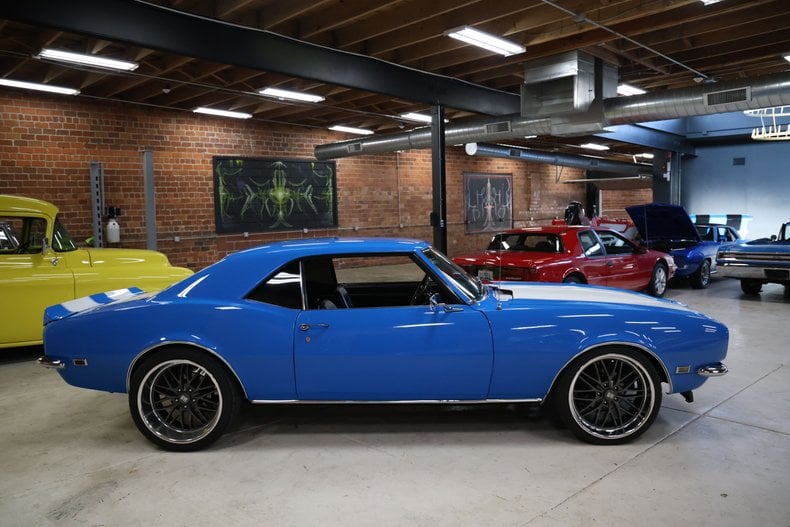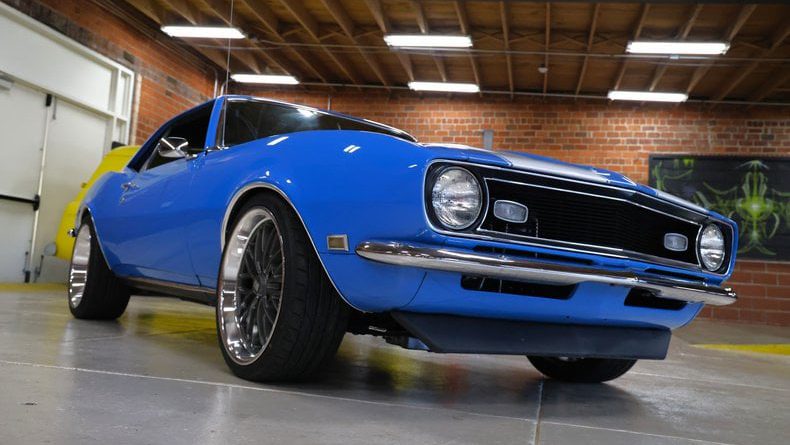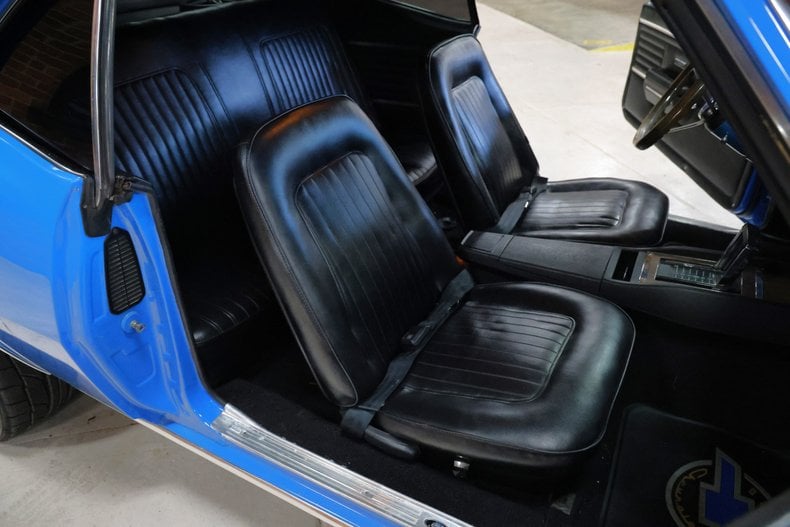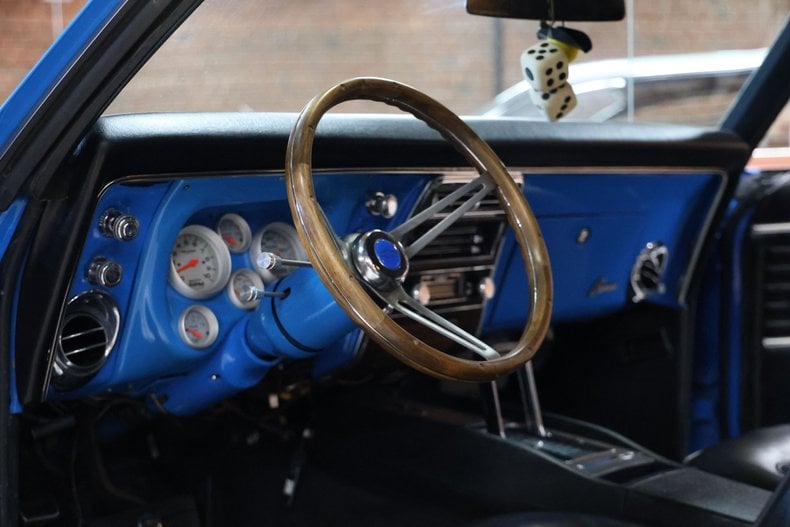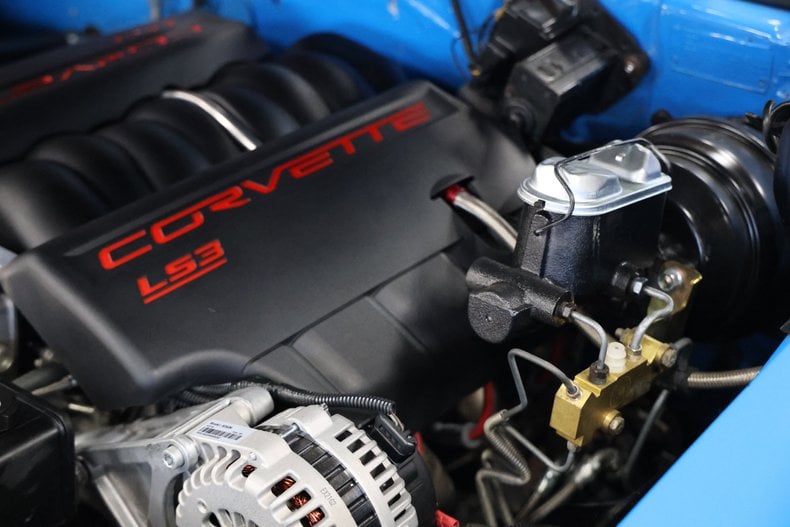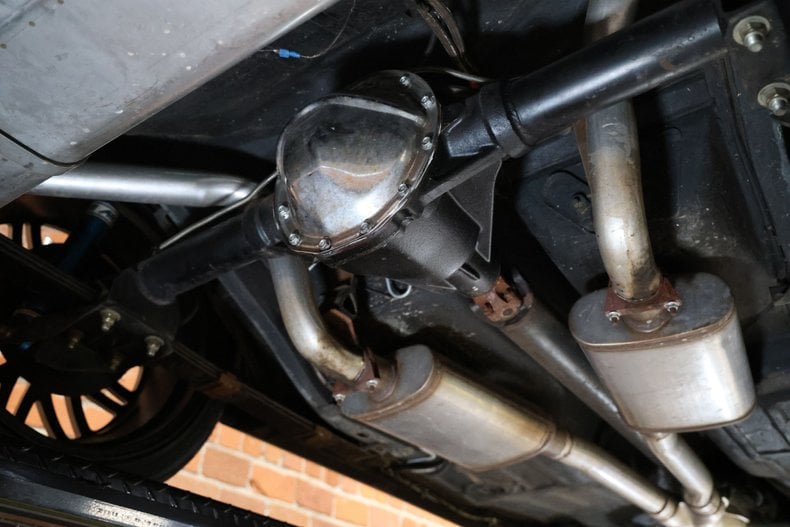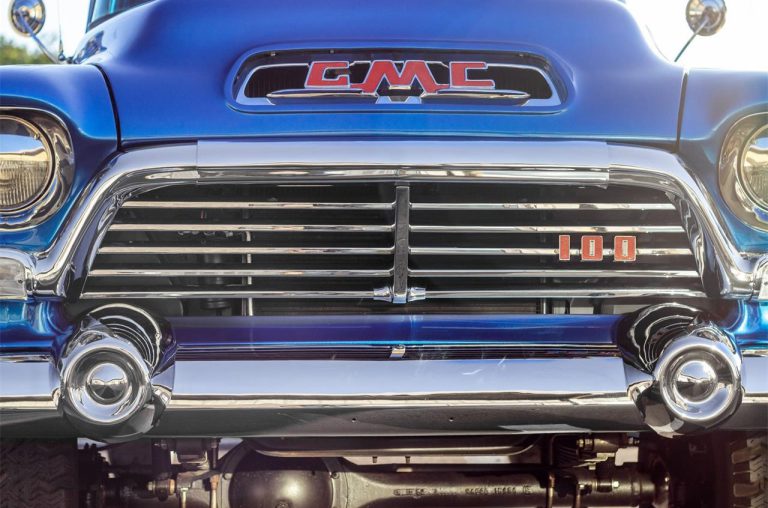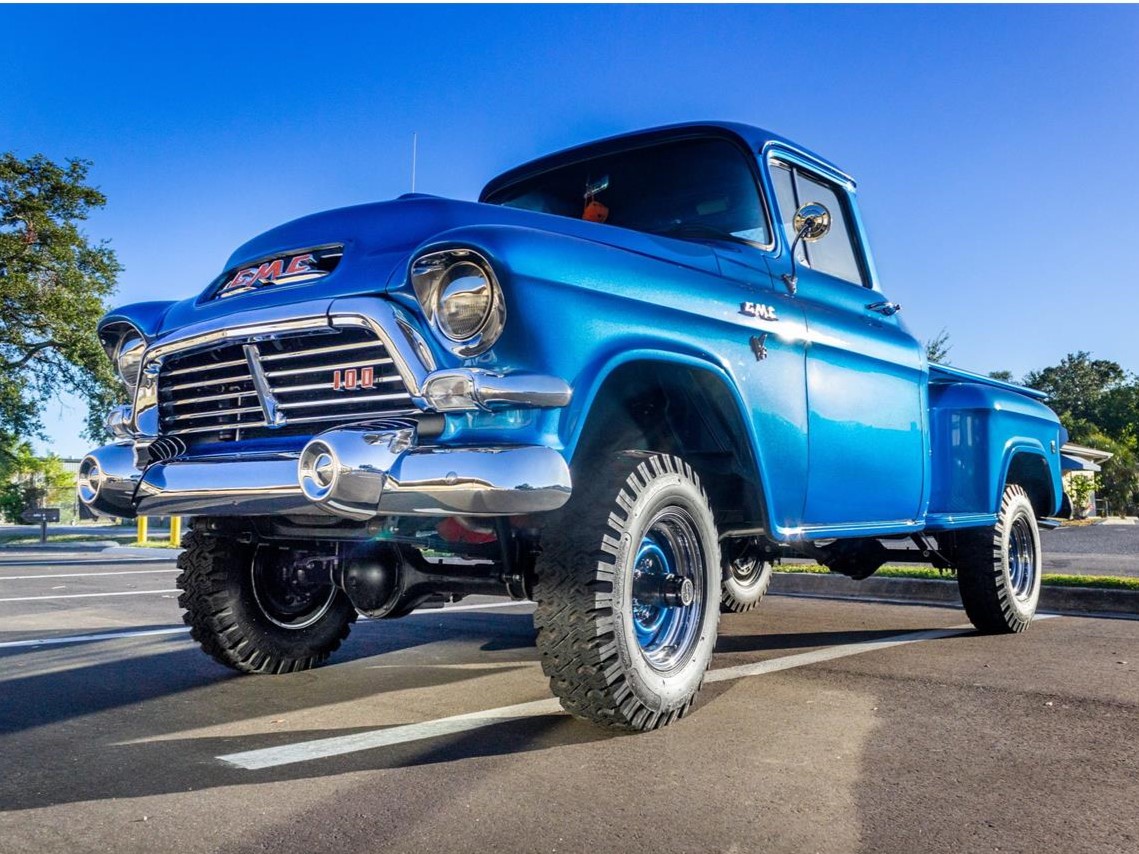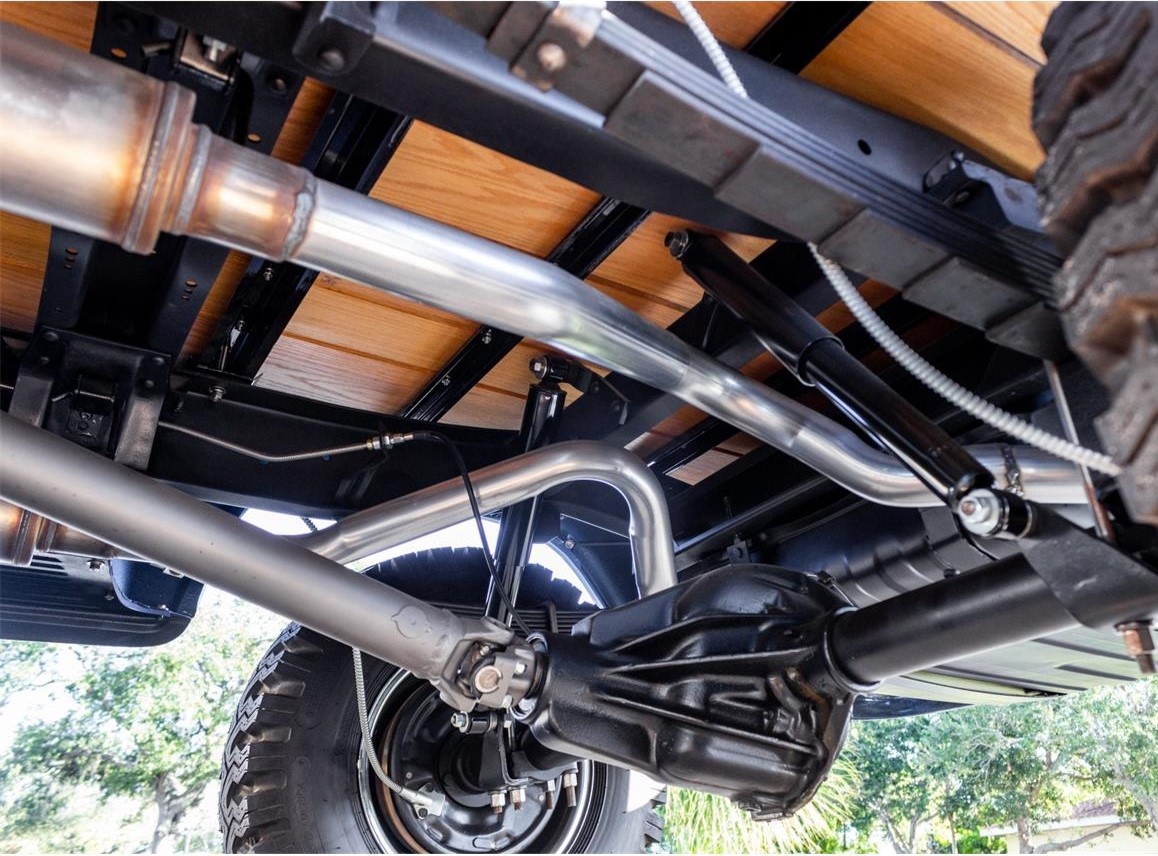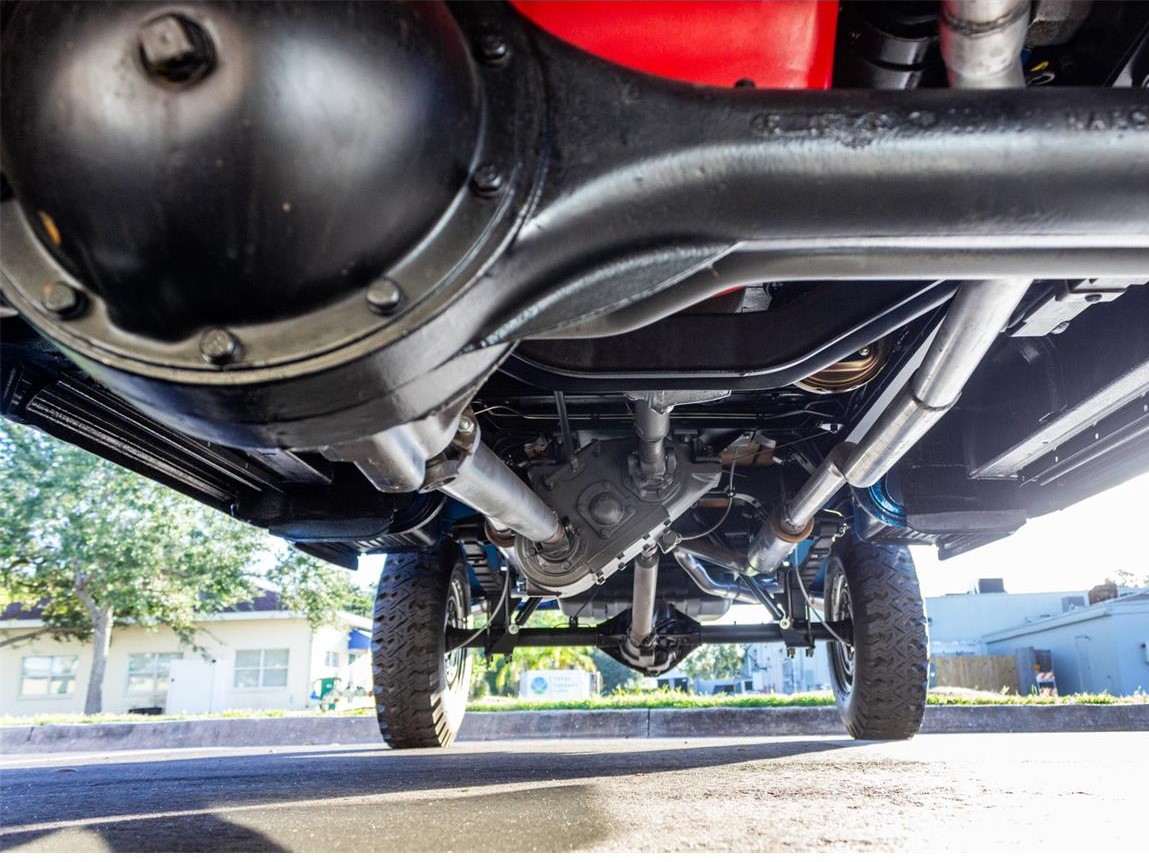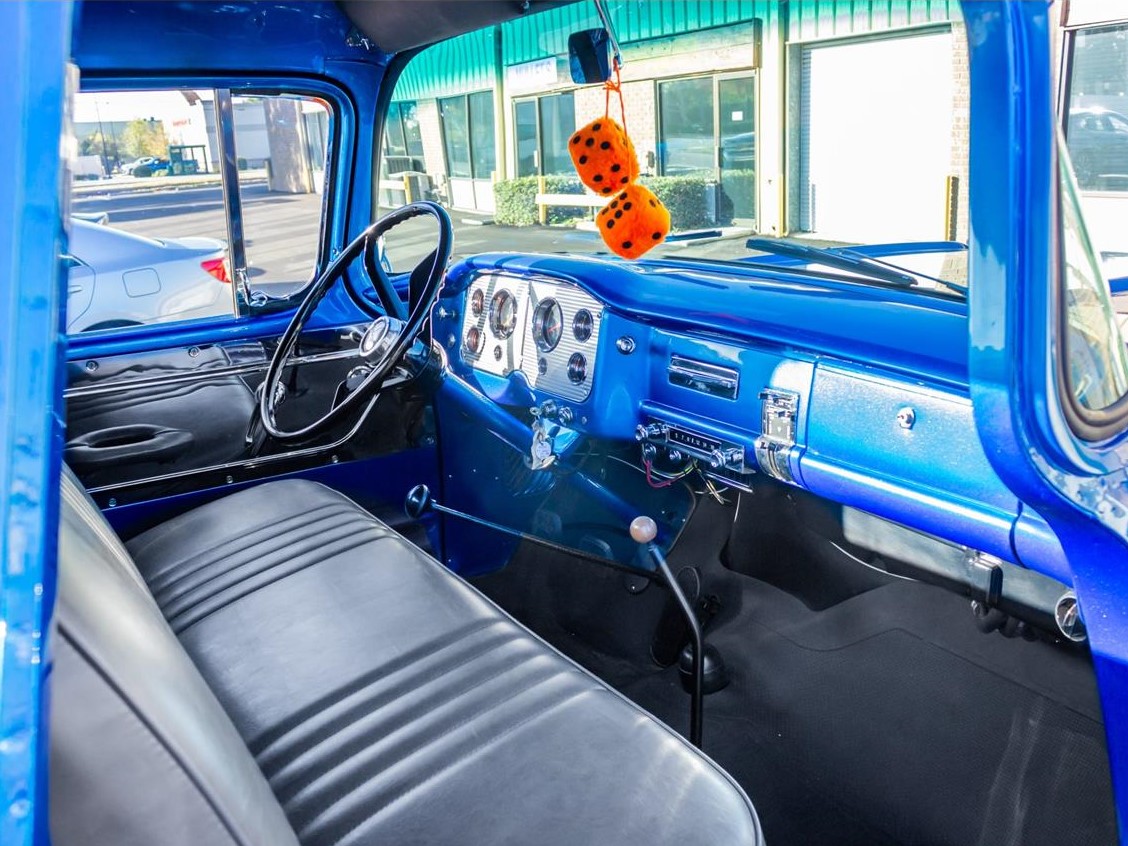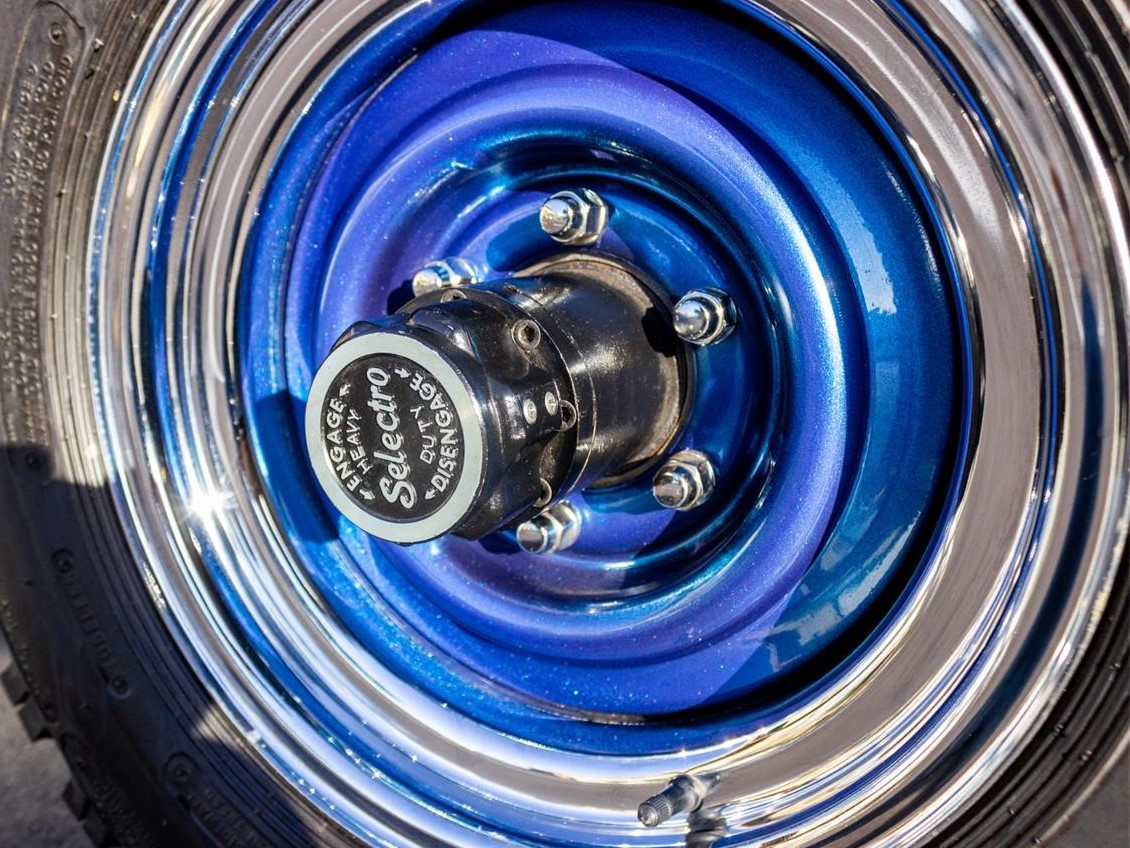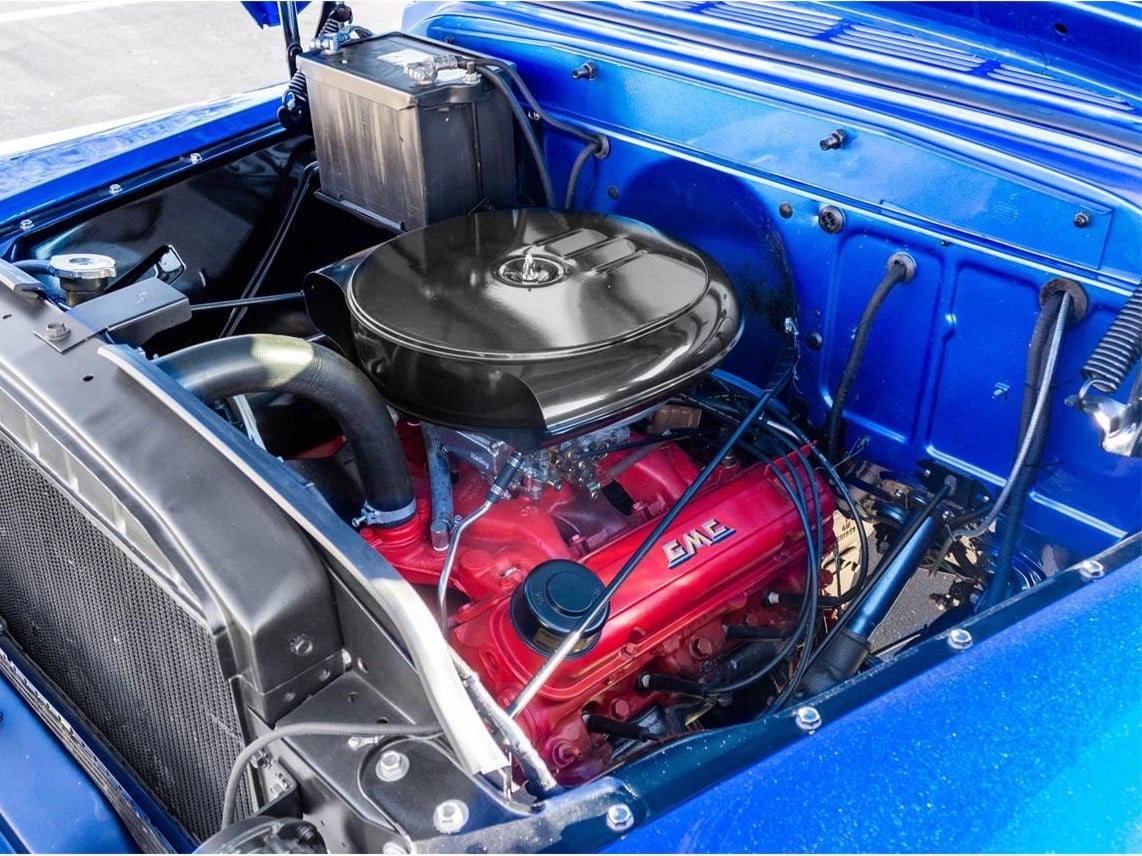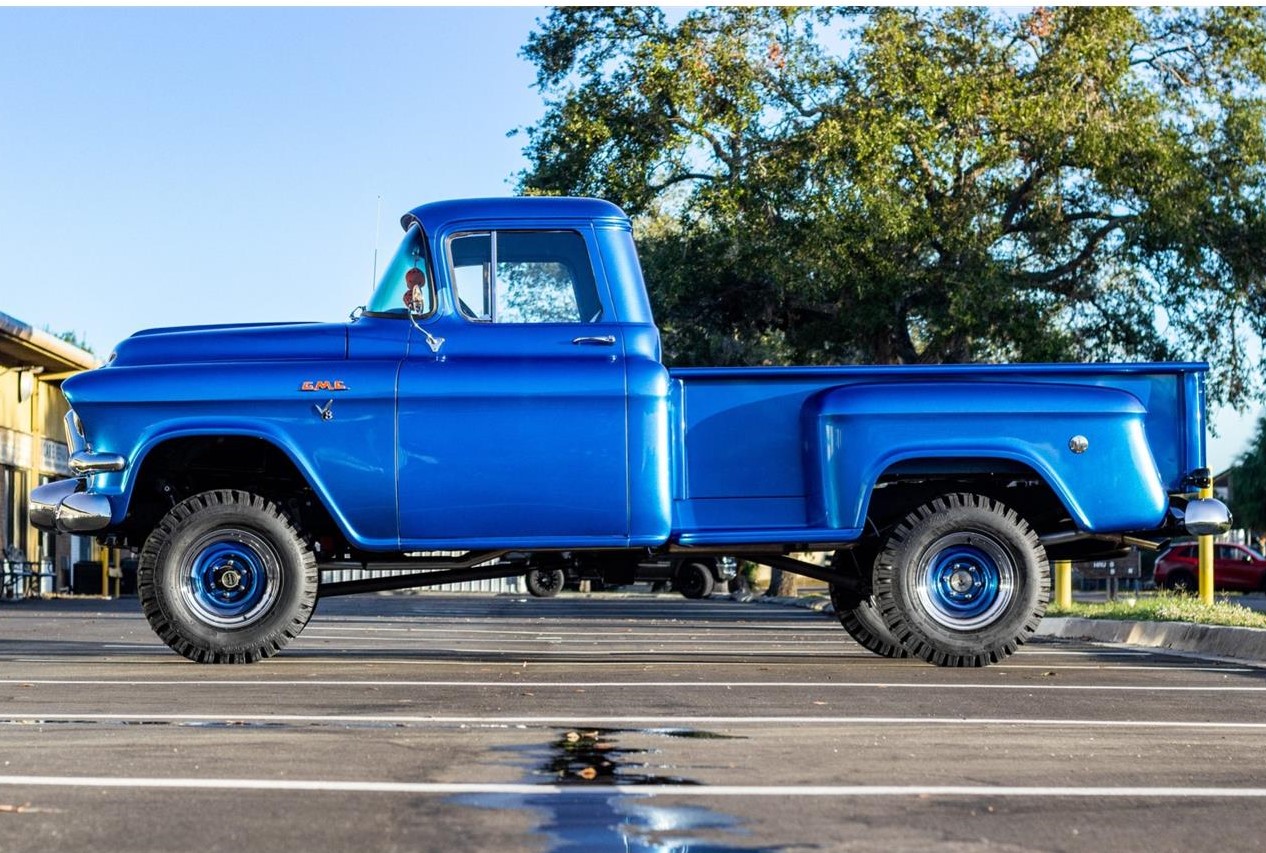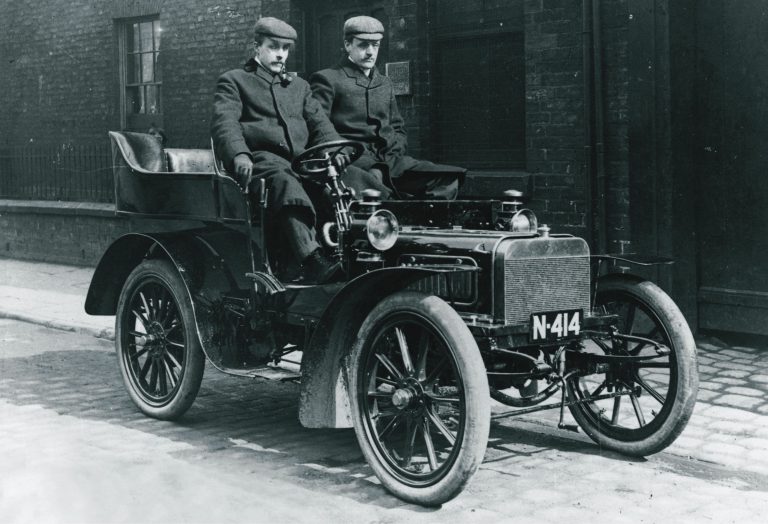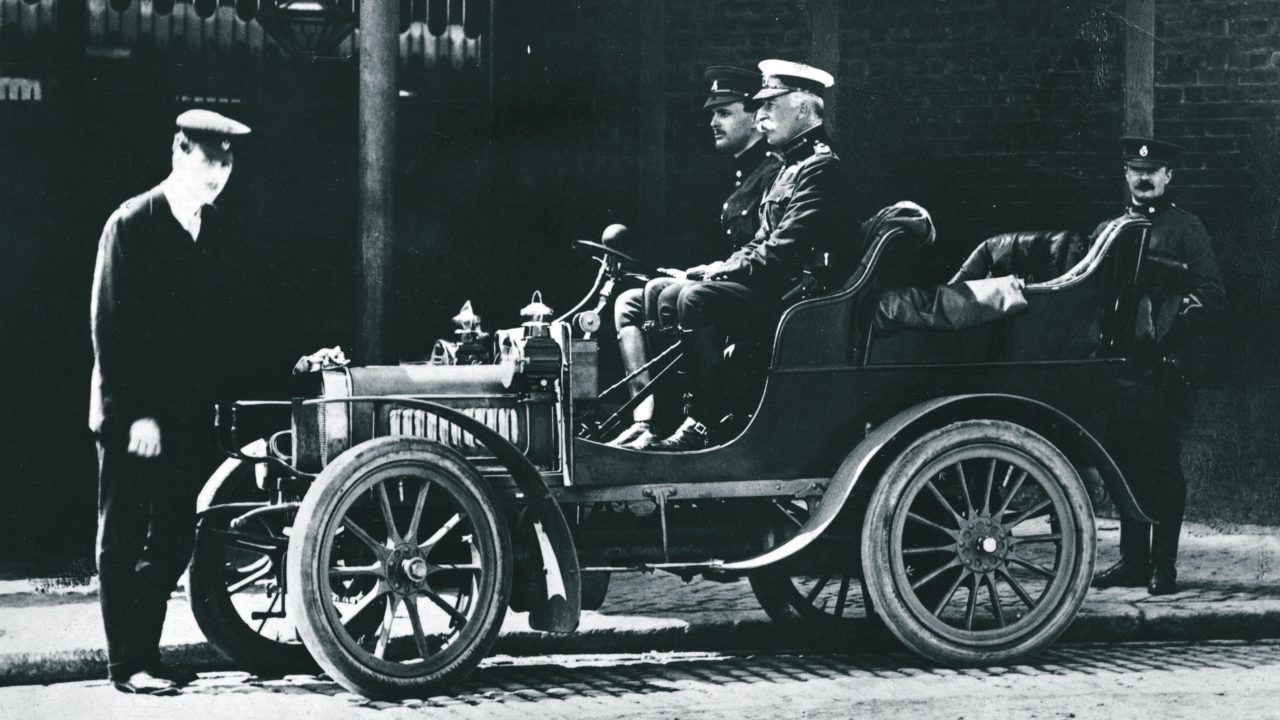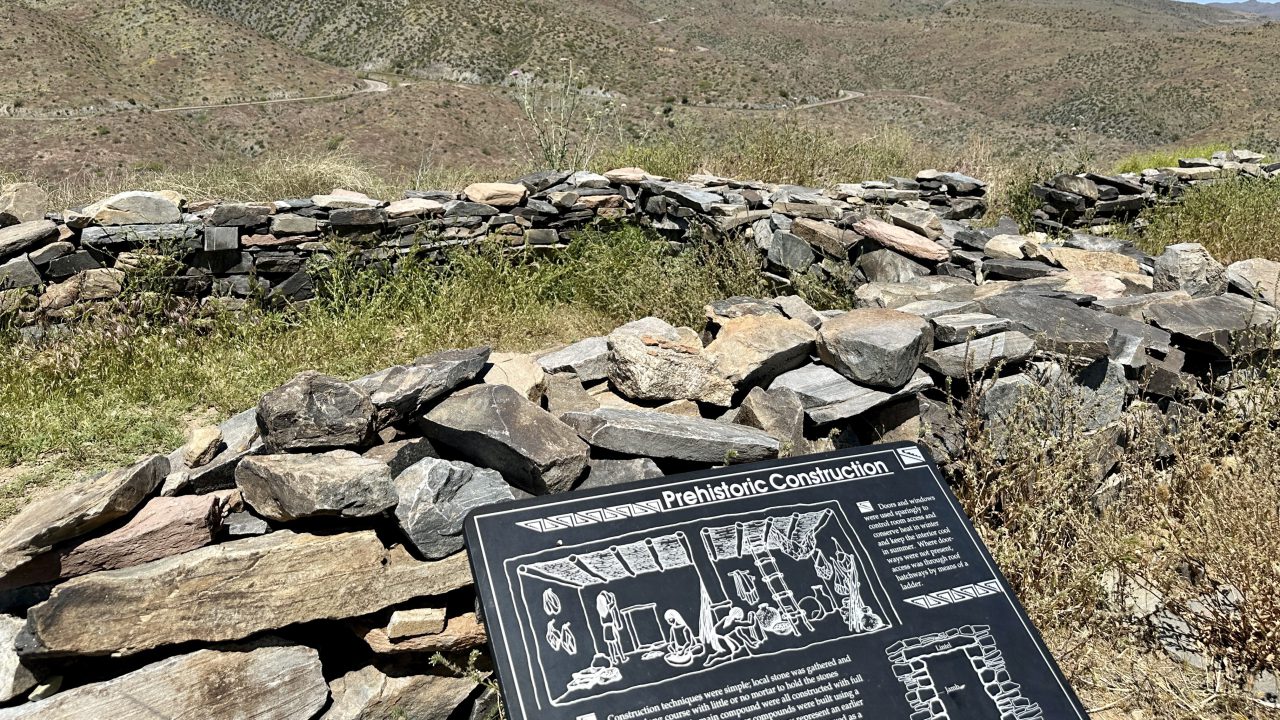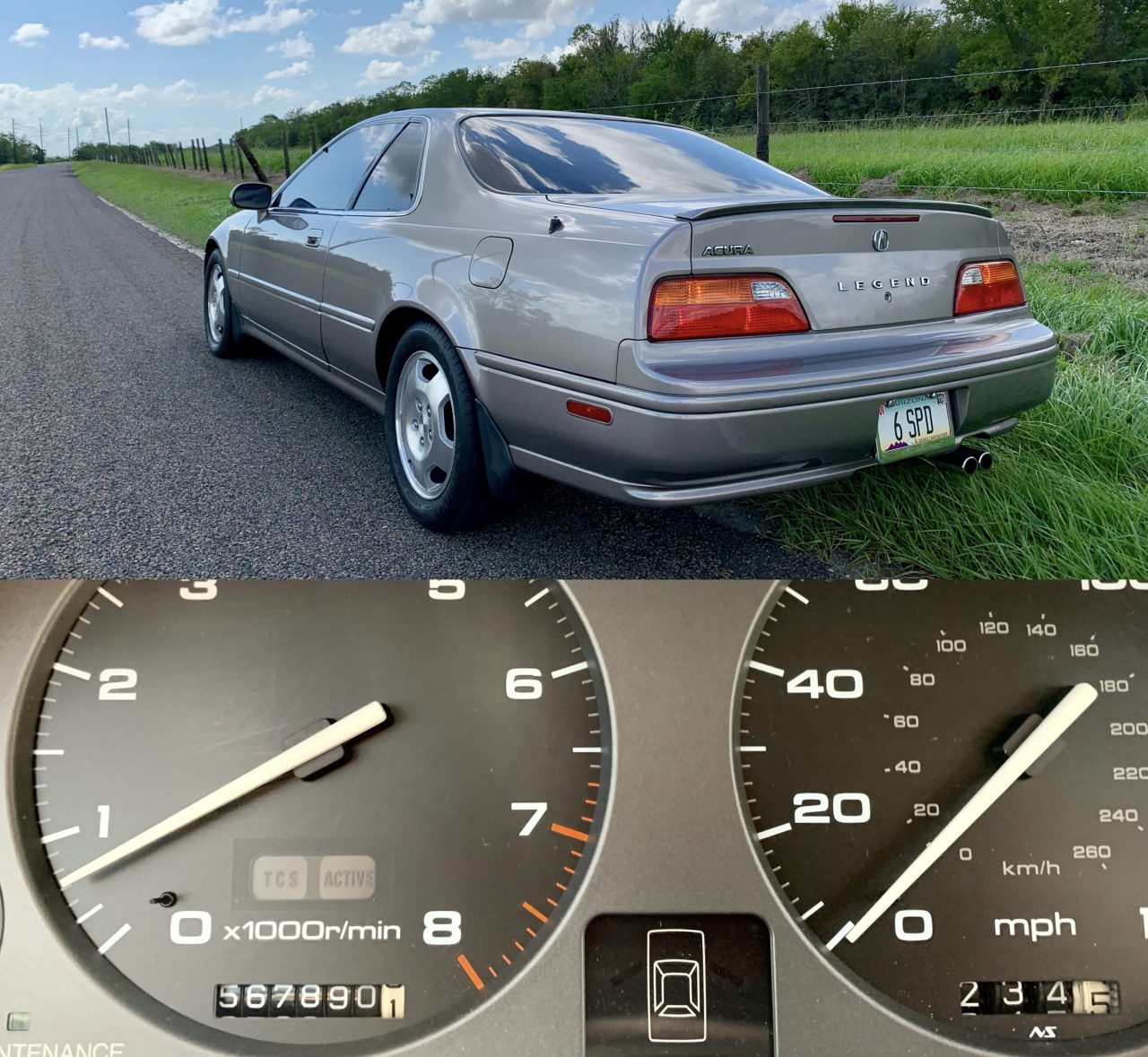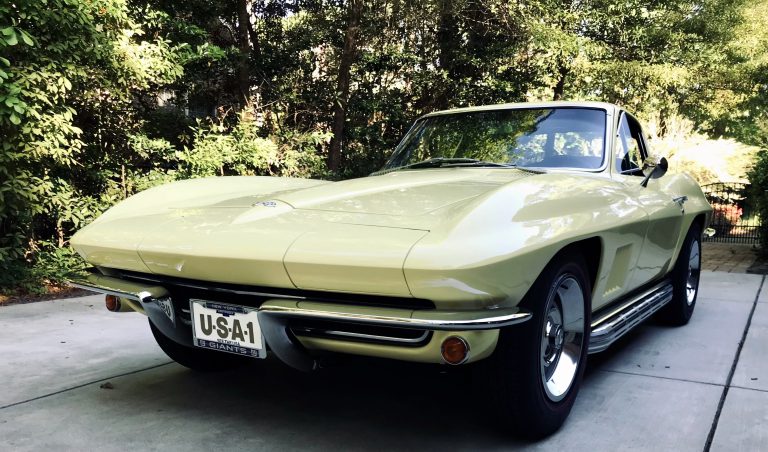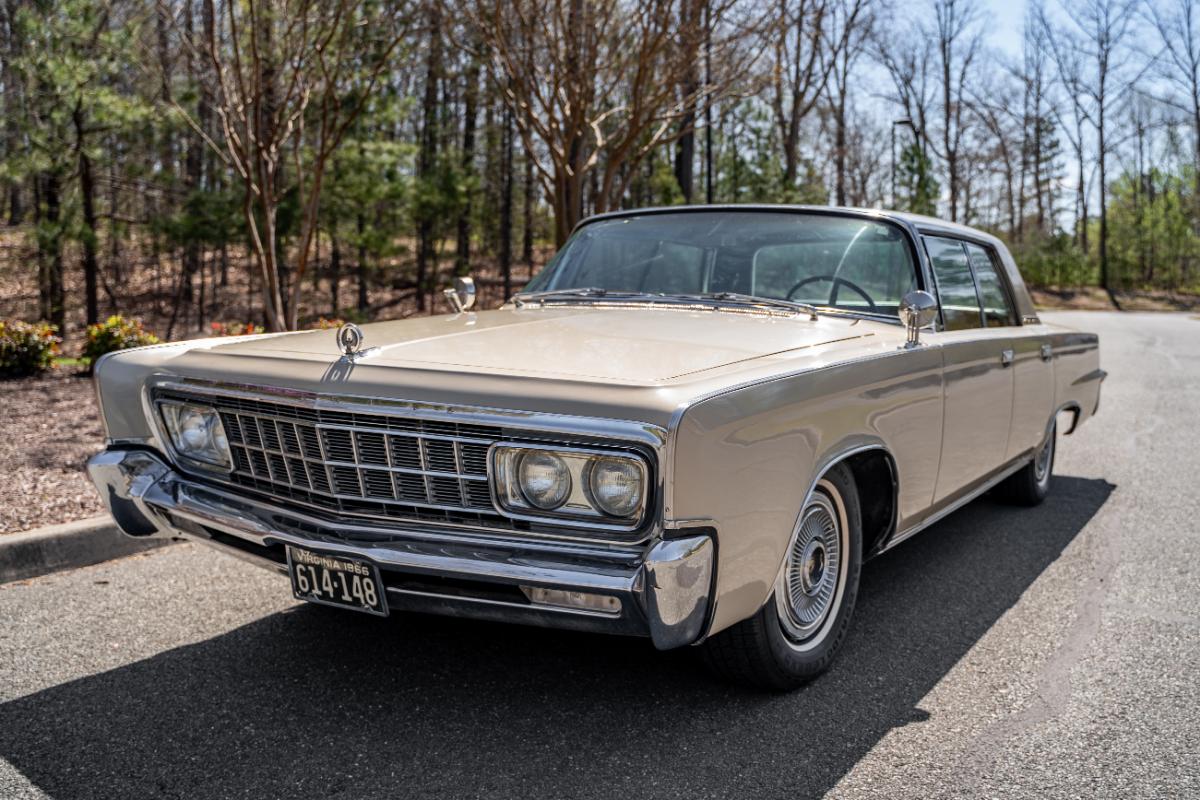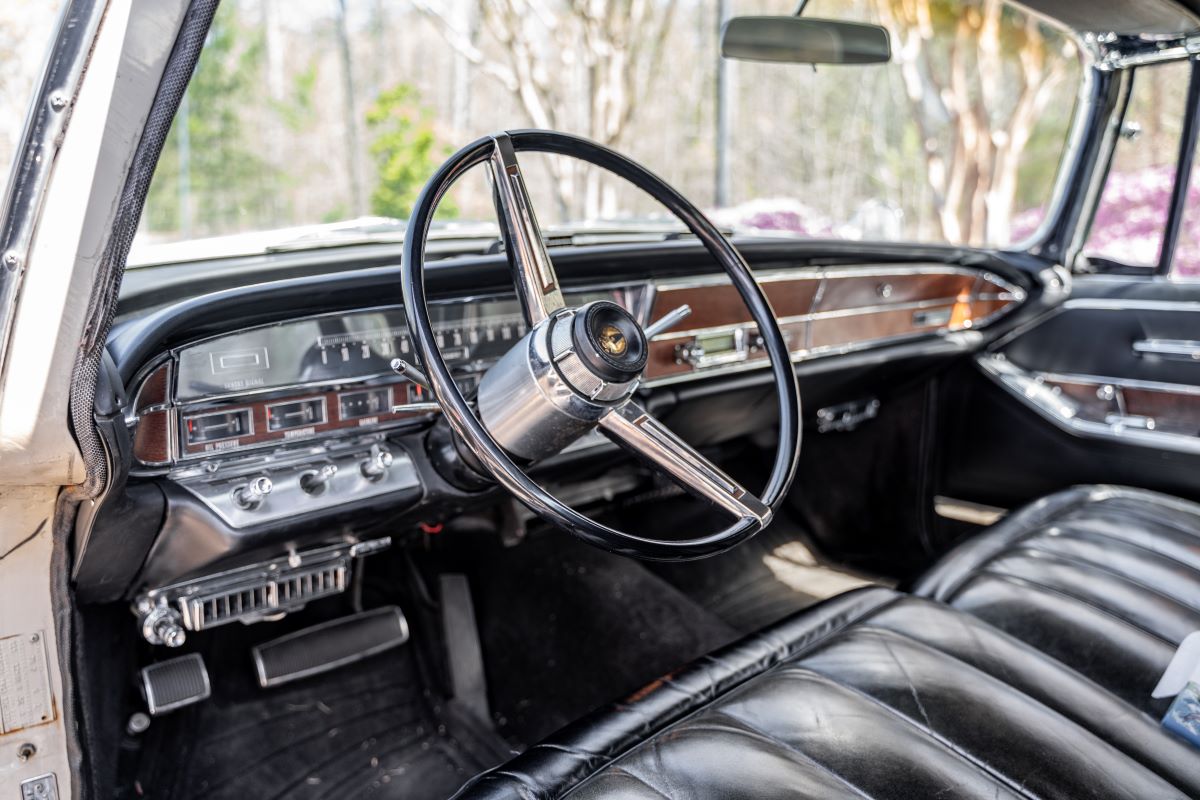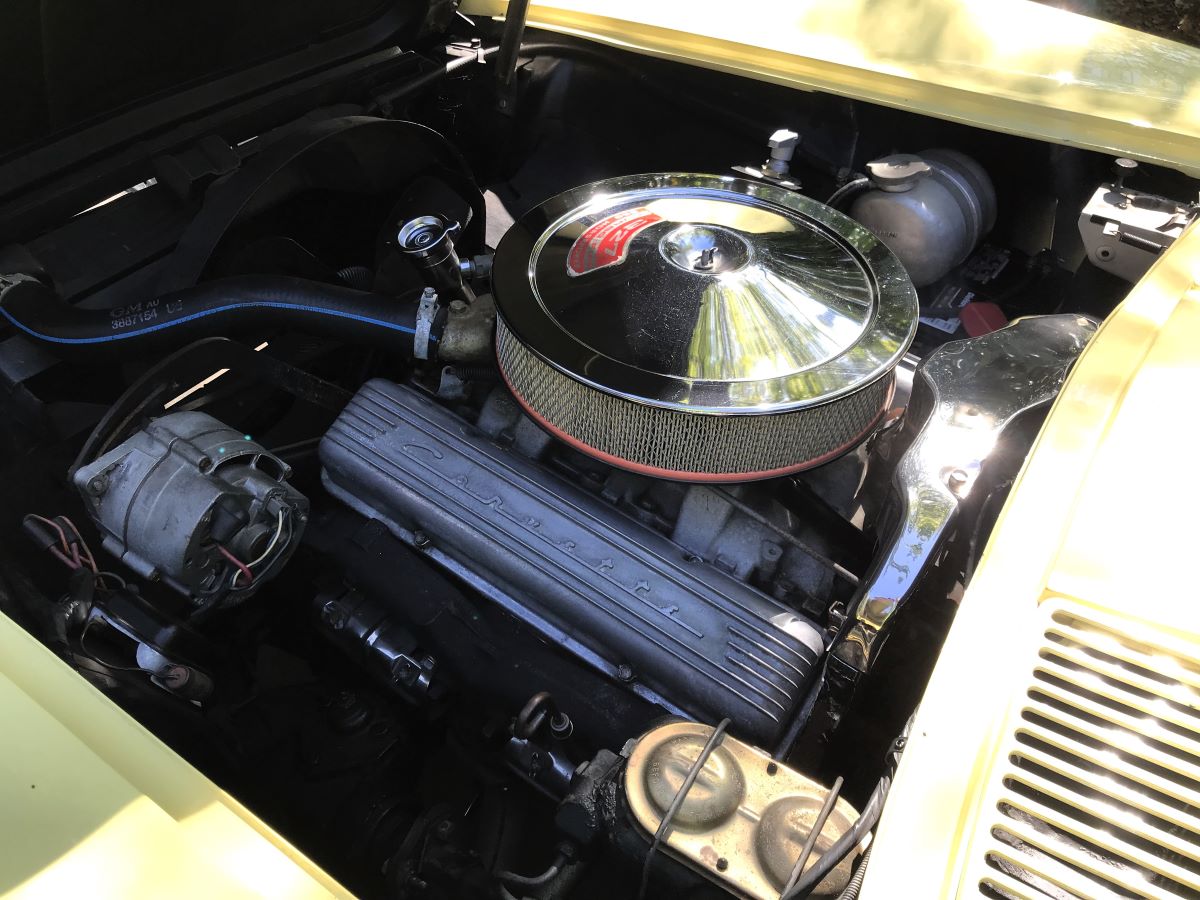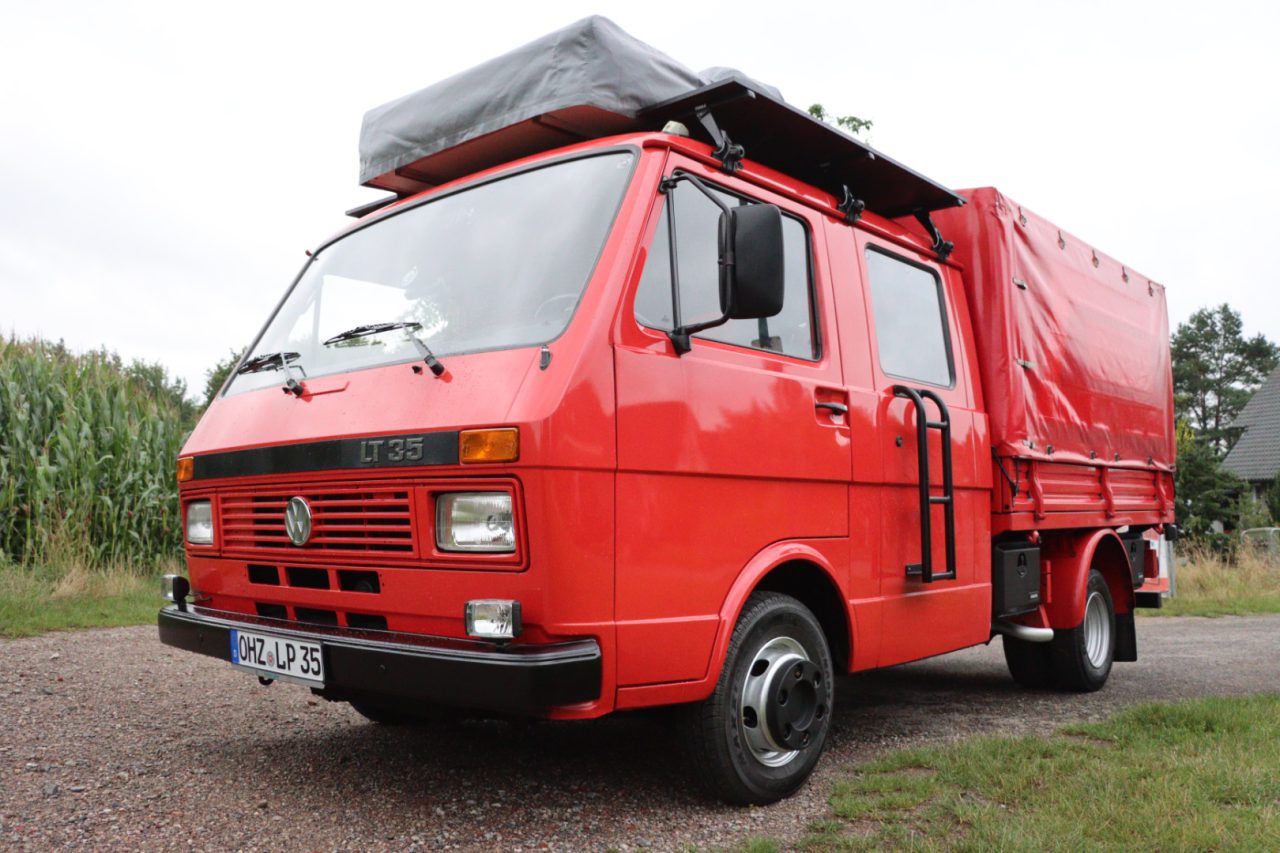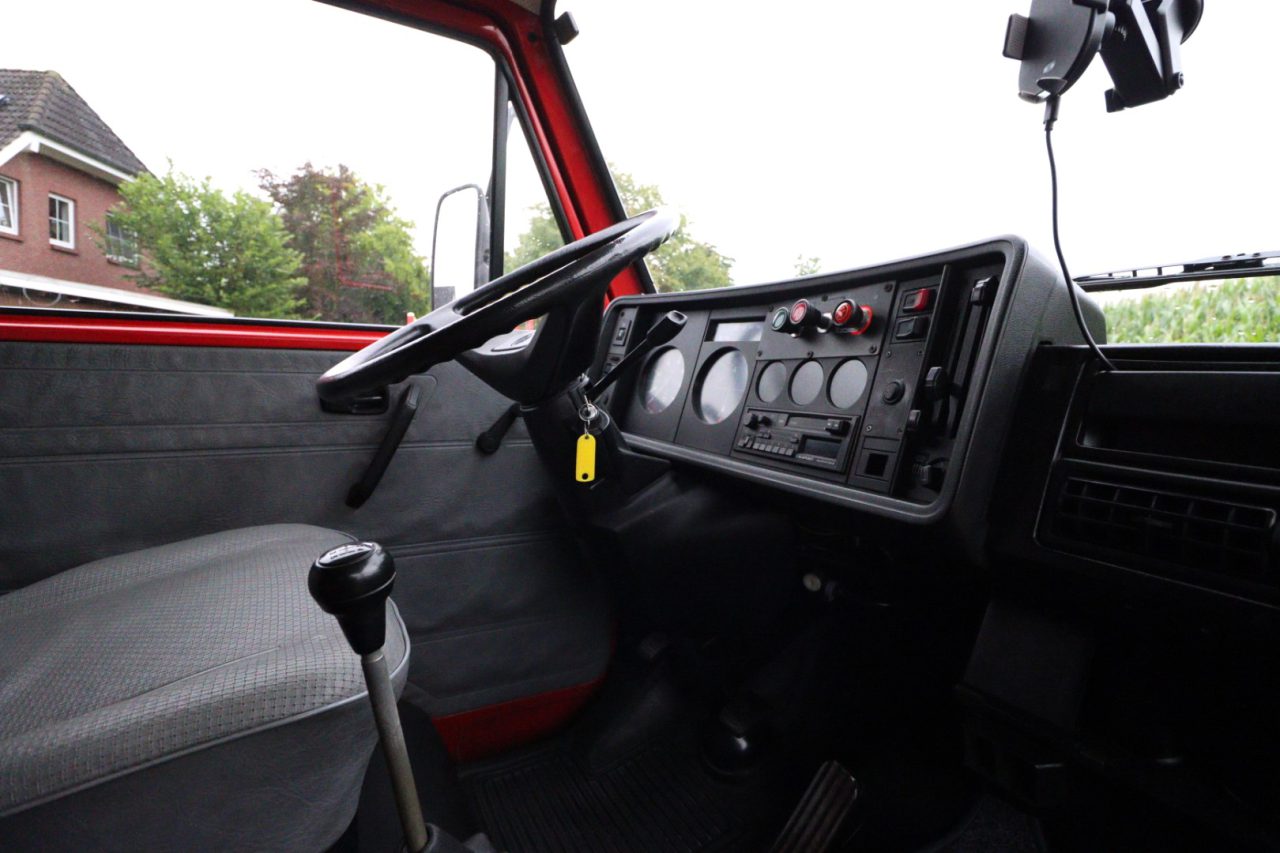You don’t need an Italian exotic or a high-horsepower muscle car to enjoy the act of driving. Sometimes, less is more. And even a Honda Civic Si, which came from the factory with just 160 horsepower, can deliver more than its fair share of grins-per-mile. The polo field at WestWorld of Scottsdale was home to a colorful array of vehicles earlier this year at the Future Collector Car Show. One of them was a unique Civic that stood out from the crowd – and not just because of its vivid blue paint job.
Here is our ClassicCars TV episode where I had a Q&A with its owner.
Civic Background
The Honda Civic’s sixth generation had a five-year run from 1996 through 2000. Right near the end of production, Honda decided to spice things up with a performance-oriented variant. It was called the “Si,” and it launched in 1999 in coupe-only form on the EM1 chassis. Power came from a dual-overhead camshaft 1.6-liter “B16A2” inline-four with Honda’s VTEC variable-valve timing technology. The compact car could scoot to 60 miles per hour in around 7 seconds. Economical and exhilarating!
Carizma’s Civic
Just ask Carizma Martinez how much she loves her Si. And if you catch it in the video, I called her “Carissa,” so I extend my sincere apologies to her for that. We’ll blame it on the fact that I was so star-struck over her car! Carizma is active in the Arizona automotive community, and she has previously shown the car at the Kyusha Club and other events that are geared toward neo-classic import vehicles.
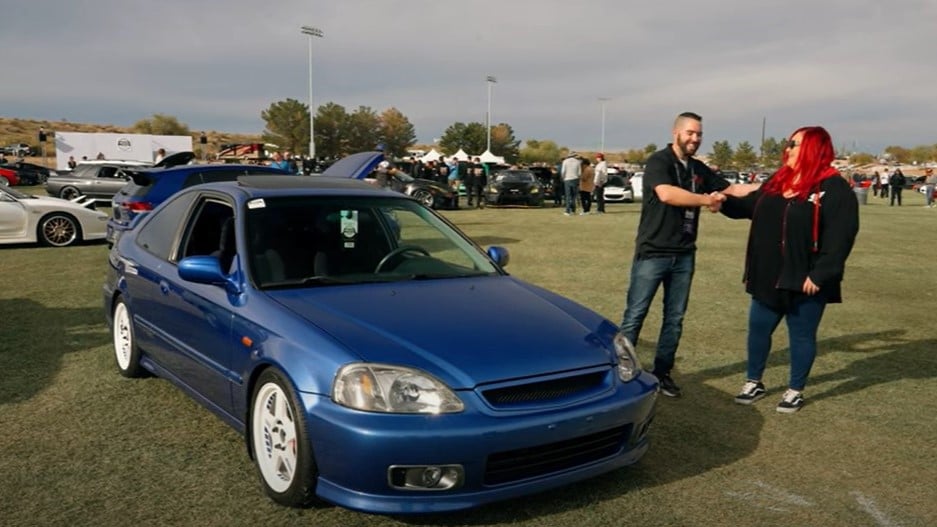
Despite it being almost 25 years old and showing over 289,000 miles on the odometer, the Civic is show-fresh both inside and out. Its condition is a reflection (quite literally) of the way in which she has cared for it. Right off the bat, the most striking aspect of Carizma’s car is its Electron Blue Pearl paint. This shade, offered under code name B95P, was applied exclusively to cars of the “Si” variety. The Si was also designated by DOHC VTEC decals on each side of the car near the rocker panels.
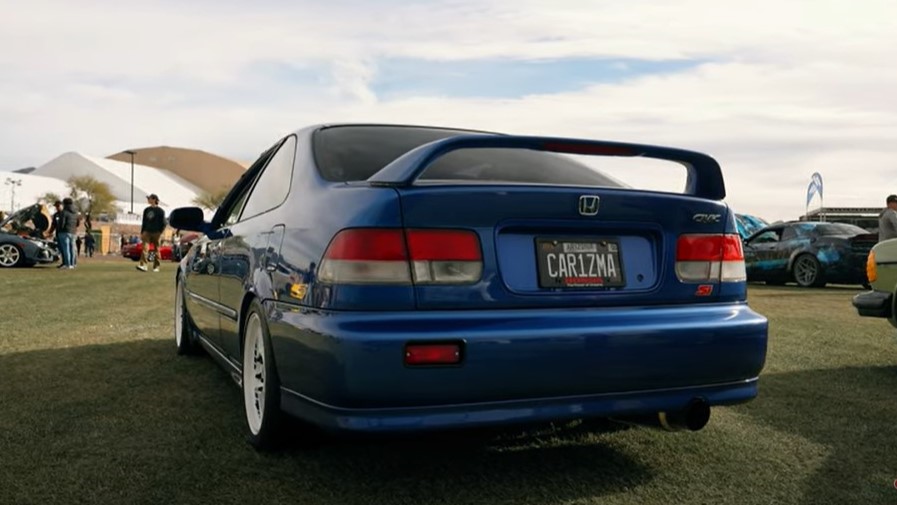
Carizma’s Civic has been upgraded with some subtle, yet impactful modifications. Keen eyes will note the five-lug wheel conversion and white-finished Volk Racing five-spoke wheels The brakes have been upgraded to Wilwood calipers, and some of the additional upgrades include fog lamps and side markers. Right out the box, the Civic Si was engineered to handle better than a contemporary Civic thanks to a front strut tower brace, front and rear stabilizer bars, and stiffer springs. Carizma’s car has a lowered suspension for an even more optimal center of gravity when carving corners.
Stay Connected
It is no mystery that Civics like Carizma’s are up-and-coming in the collector marketplace. As a fellow enthusiast of the 1980s and 1990s era, I am here for it.
We have more to come as we continue to highlight some of the standout vehicles – and the people like Carizma who drive them – from the Future Collector Car Show and other events. Thanks for tuning in!


